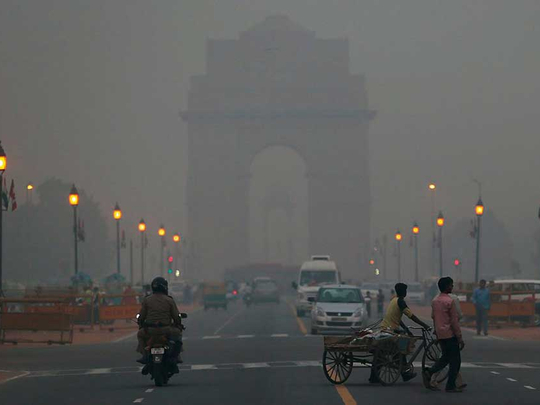
New Delhi: The Supreme Court (SC) of India has refused to modify its October 9 order suspending the sale of firecrackers in national capital Delhi until November 1, stating that its primary concern was the health of the masses.
The move is being criticised by some who see it as a decision against the biggest festival of Hindus, Diwali.
“We are pained and sad that a communal twist has been given to the order. But this is a legal issue. Who said we have banned the bursting of crackers? The existing stockpile of crackers with people is enough. We haven’t stopped the bursting of crackers. That will happen. Sale had already taken place. Anyway, it is not a cracker-free Diwali,” Justice A.K. Sikri said rejecting a petition by traders to modify the order on grounds that they had spent hundreds of thousands of rupees on firecracker stocks that would remain unsold on Diwali.
Interestingly, the October 9 order only suspended sale and did not impose any restriction on bursting of crackers.
Last November, the SC had stopped the sale of fireworks within the National Capital Region (NCR) based on a petition by three children aged between 14 months and six years raising the alarm about toxic pollution and diseases caused by it.
Last month, the apex court temporarily suspended the ban and allowed the sale of crackers. But days later, it brought back the restrictions stating that it wanted to assess the impact of a cracker ban on Diwali.
Every year, Diwali festivities leave a thick cloud of smog and suspended particles that make it difficult for people to breathe.
According to 2015 World Health Organisation (WHO) survey of 1,600 world cities, the air quality in Delhi is the worst. Air pollution in India is estimated to kill 1.5 million people every year; it is the fifth largest killer in India. In Delhi, poor air quality irreversibly damages the lungs of 2.2 million or 50 per cent of all children.
In November 2016, in an event known as the Great Smog of Delhi, the air pollution spiked far beyond acceptable levels. Levels of PM2.5 and PM10 particulate matter hit 999 micrograms per cubic metre, while the safe limits for those pollutants are 60 and 100 respectively. According to WHO statistics, in 2010, the average PM10 level in Delhi was 286.
Pollution in Delhi peaks during Diwali as a hazardous mix of noxious gases and pollutants hang very close to the surface. After Diwali last year, Delhi High Court (HC) had described the national capital as “gas chamber”.
Data from the central pollution monitoring agency showed that after last year’s Diwali, concentrations of PM10 (coarser pollutants) were over 1,600 micrograms per cubic metre compared to a safe level of 100. PM2.5, a standard measure of air quality, was as much as 14 times the safe limit.
According to health experts, these particles can cause acute respiratory diseases if one is subjected to prolonged exposure to unsafe levels.












